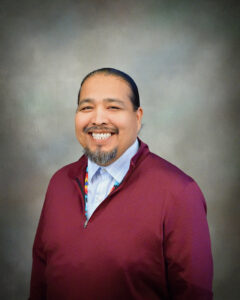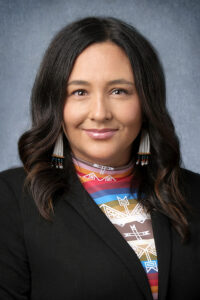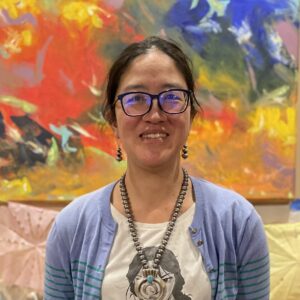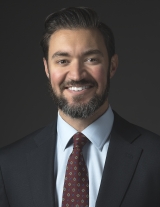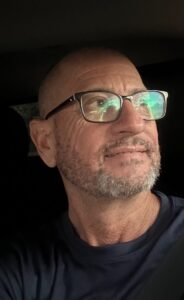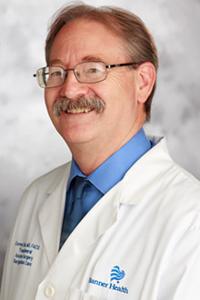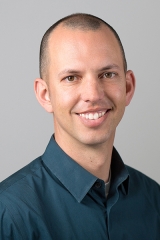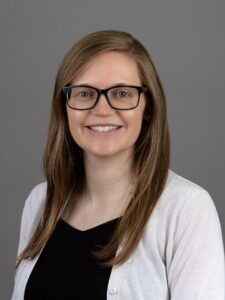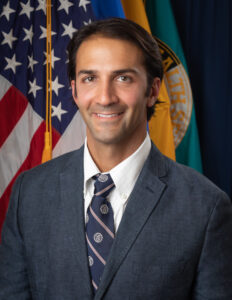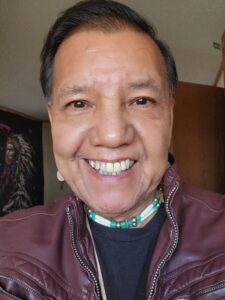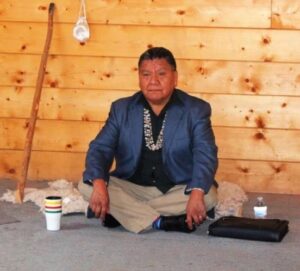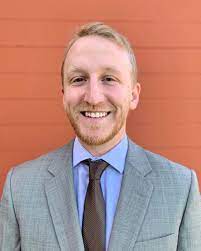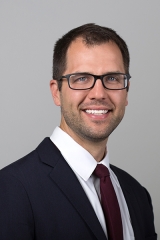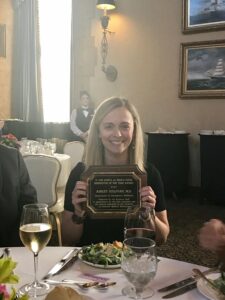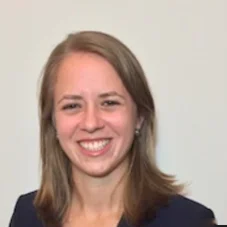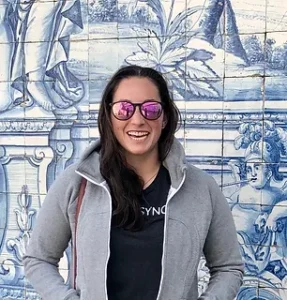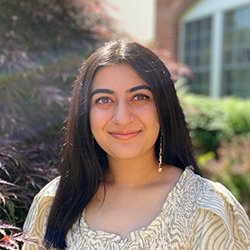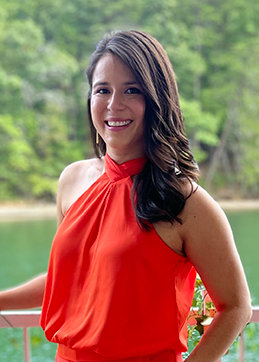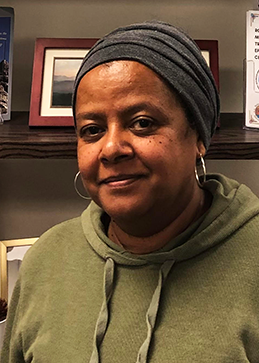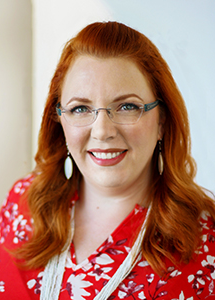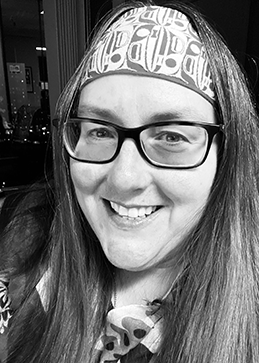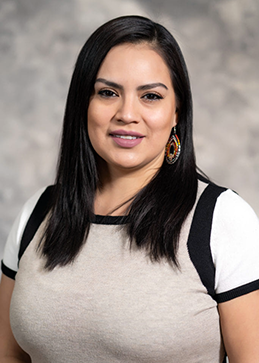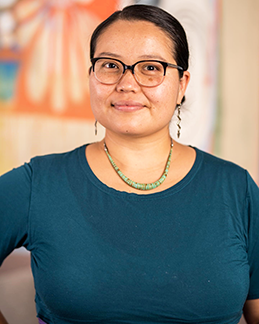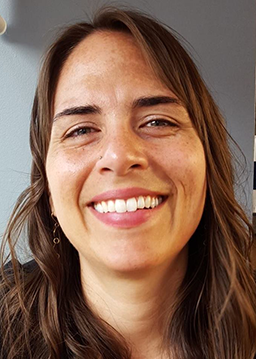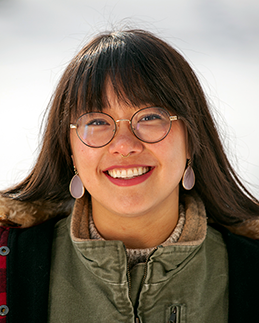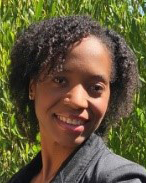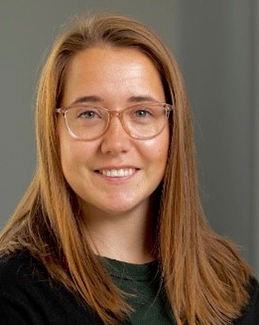Paving the Way for Indigenous Harm Reduction

“Your life is sacred, and you are beloved,” Jessica Rienstra told us. “We want everyone who walks through the clinic doors to feel that way, regardless of their trajectory of sobriety.”
Rienstra, a registered nurse, along with her colleague, Stephanie Rey, Hepatitis C & Harm Reduction Program Assistant, joined Indian Country ECHO staff over Zoom to share insights about the Lummi Tribal Health Center’s successful Harm Reduction Program.

Like many others, Lummi’s Harm Reduction program first emerged based on observations by staff. Several years ago, Rienstra and other providers at Lummi’s Hepatitis C (HCV) Elimination Program began to see a strong connection between community members who were injecting drugs and the spread of HCV infection.
As Rienstra and her colleagues investigated strategies for addressing the spread of HCV, they asked clients what services they needed. They also learned about harm reduction -an approach that aims to reduce risks associated with substance use. So, rather than expecting community members to stop using substances in order to receive services, programs taking a harm reduction approach offer clients a wide variety of tools to help them reduce their risk. At the same time, programs offer to connect interested clients to medical and social services.
For the Lummi team, providing clean syringes to community members who inject drugs seemed like a good way forward to help fight the spread of HCV. In 2013, the Health Center started a syringe service program.

Today, the Lummi Harm Reduction Office – known locally as the Exchange Office – offers a wide range of services and is open to anyone in the community, tribal or non-tribal. They offer clean injection supplies (like needles and cookers); wound care; fentanyl test strips that allow people to test drugs for contaminants; and Narcan, a nasal spray that treats opioid overdose. Each week, staff also make kits that include band aids, alcohol swabs, tourniquets, cookers, and more. In addition to harm reduction supplies, clients are offered educational resources that inform them about other medical and social services the clinic has to offer.
The program emphasizes personal agency in decision making, autonomy, and dignity. Staff do not pressure clients into treatment or detox if they are not ready or interested. Instead, staff provide resources to educate and encourage clients on best mitigating risks associated with their substance use.
“We practice harm reduction with our diabetic patients. We would not turn away a patient for misusing their insulin or not keeping their blood sugar in check. So, to then be paternalistic and turn away someone who has not maintained sobriety or has had a relapse, that doesn’t match the type of care we pride ourselves on offering our community.”
Recently the program expanded to include a stronger emphasis on peer-to-peer education. Since April 2020, staff have hosted a 10-week program to educate community members who use drugs on harm reduction techniques, such as how to use Naloxone, safe injection sites on your body, overdose identification, basic CPR, and wound care to prevent infections. The training consisted of ten, one-hour long sessions, and participants were compensated for each session they attended.
These lessons have been very well received by the community. Rey noted: “I’ve found people really like that sense of responsibility, like ‘This is my job, I’m going to distribute all the supplies you give us and bring this education to my social circle.’ It’s been really amazing to see people again and again and again. It’s helped us build stronger, more trusting relationships.”

In addition to adapting the program based on community feedback, staff participation in Indian Country ECHO’s online harm reduction clinics has also helped improve their program. According to Rienstra, “Having access to Indian Country ECHO’s Harm Reduction and Substance Use Disorder teleECHO clinics was incredible. Not only were my colleagues and I able to participate in discussions with other providers virtually, but there were also opportunities to ask clinical experts questions. Participating in these clinics better equipped us to offer high-quality, evidence-based care to our patients.”
Rey, who has participated in several of the clinics, agreed: “I think it’s been really awesome to see the support system that is out there and to hear from Indian Country ECHO’s specialists.”
It is clear that Lummi’s approach is working. The health center has seen dramatic decreases in HCV transmission, increased disposal of used supplies at drop boxes throughout the reservation, and continued growth in patient engagement. These results are based on years of passion, innovation, and adaptation of services based on community feedback. “We didn’t start with a fully functioning program,” Rienstra said. Even if a tribe isn’t able to provide all the services they want at the beginning of a program, Rienstra encouraged other tribal communities to start with what they have. “Go for it,” she said. “There’s definitely a way to make it work. Start with what you can. It is completely worth it.”
If you are interested in incorporating a harm reduction approach into your clinic, connect with Indian Country ECHO about our free Harm Reduction ECHO clinics and our technical assistance and capacity building service.
